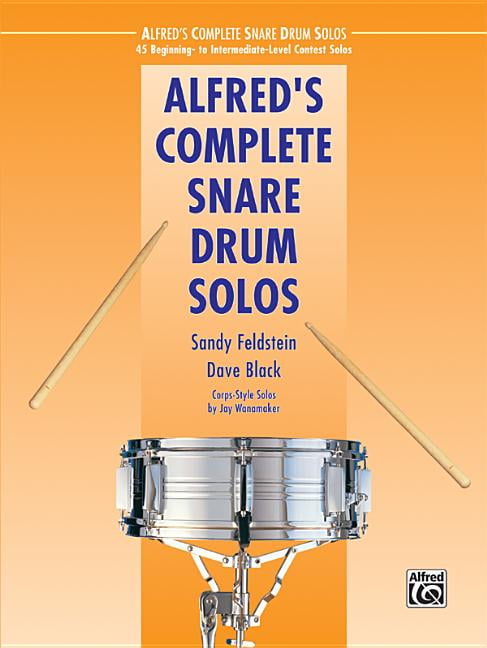
This is accomplished by using repeats and navigation markers (D.C., D.S. When transcribing an entire song, it’s beneficial to keep the score as short as possible, so that when printed out, it can fit on a music stand. This is when you have to get creative, either coming up with your own symbols or adding descriptive text to the notation. While many of these articulations come with associated symbols, others don’t. This a very helpful practice, as it can be agonizing to decipher one crash from another in multiple cymbal set-ups.Īrticulations include the many details that brings drum parts to life, including accents, ghost notes, buzz strokes, crescendos, and many more. Drum uses one note-head position (line above the top line) to symbolize crashes. There is also little agreement on symbol/position for less-played parts of the drum kit: cowbell, China, splash, etc. Although most publishers place note-heads in the exact same positions, there is one main exception: The hi-hat and ride cymbal (symbolized with an “X”) positions are often interchanged (above or through the top line). Stems-up and -down allows you to easily separate out parts of the drum kit (bass drum from snare/hi-hat, for instance). Readers only have to be concerned with one set of rhythms (including rests). Stems-up has a clean and elegant look and presents the drum kit from a holistic perspective. Drum Magazine uses all stems pointing up, while other publications use stems up and down.

If you’re already halfway there in using tabs, you might as well take it to the next level. Unfortunately, tabs can be hard to decipher because they lack symbols (note-heads and beaming), which allow our brains to form mathematical connections. Note: Drum tabs have become a popular way to communicate beats and fills. If any of this looks unfamiliar - including information on notation key, bar lines, note values, repeats, and more - you may want to invest in lessons with a drum teacher. Take a look at the reference guide called “Guide To Drum Notation” (by Brad Schlueter). Like solving a puzzle, this activity isn’t something that you can normally do quickly or casually. This way you can better trust your intuition when drum parts are not easily discernible.

It helps to be familiar with multiple genres of music and to have had some experience playing live and in the studio. You need to be able to recognize, pick out, and isolate instrumentation (guitar, bass, keys, hand percussion, drums, etc.) in a song.

#SNARE TRANSCRIPTIONS TRIAL#
Through trial and error (a lot of error), these homemade charts became more and more accurate, and eventually helped me to write drum books and articles. Transcribing parts for them not only made learning fun, but also gave them a foothold on understanding rhythm and song structure. I still feel guilty about this and realize what a great opportunity I missed.Īs soon as I began teaching private lessons, I noticed my students were much more engaged when they played along with their favorite recordings. I intuitively knew this would be worthwhile, but though I completed the rest of my lesson work that week, I blew off doing the assignment. One day, he surprised me with an unusual task: Transcribe 16 bars of a Philly Joe Jones drum solo. Bothwell’s instruction was intense (in a good way). I was an inexperienced drummer with raw skills and very few concepts under my belt, but I somehow convinced the semi-retired Don Bothwell - who was known as the Yoda of drumming and whose star pupils include Dan Tomlinson, Dick Weller, and Peter Magadini - to give me lessons.

#SNARE TRANSCRIPTIONS PROFESSIONAL#
No one at Mesa Community College, where I was a student in the late ’80s, would have guessed that I’d someday become a professional groove analyst. From DRUM! Magazine’s July 2017 Issue | By Andy Ziker


 0 kommentar(er)
0 kommentar(er)
